Ancient states on the northern Black Sea coast
Ancient states on the northern Black Sea coast. (Map: Greek colonies on northern Black Sea coast.) City-states existed on the northern pontic coast from the middle of the 1st millennium BC to the 3rd–4th century AD. They were founded as colonies of Greek city-states, mainly Miletus and other Ionian states (in today's western Turkey), on sites that had fertile land, were close to good fishing grounds, and facilitated trade with such tribes as the Scythians, Sindians, Sarmatians, and Maeotians. The oldest Greek colony in Ukraine was founded on Berezan Island in the second half of the 7th century BC. The other colonies were founded mostly in the 6th century BC: Tyras (now Bilhorod-Dnistrovskyi), Olbia (on the Dnipro-Boh Estuary), and, in the Crimea, Panticapaeum (now Kerch), Theodosia, Tiritaka, Nymphaeum, and Kerkinitis (now Yevpatoriia). Chersonese Taurica, the only Dorian colony, was built at the end of the 5th century BC in southwestern Crimea. In a short time these colonies all became independent, slave-owning poleis.
The economy of these states was based on agriculture (particularly viticulture), manufacturing (stonecutting, construction, metal-working, pottery-making, and jewelry-making), and trade with the neighboring tribes and the cities of Greece and Asia Minor. The colonies sold their own products and acted as intermediaries between Greece and the Black Sea tribes. Most of the states produced their own coins. They sold the local tribes wine, weapons, and such luxury items as sculptures, vases, and precious textiles, and exported grain, dried fish, other agricultural products, and slaves.
In political structure most of these states were, like their mother states, slave-owning republics. The Bosporan Kingdom, established ca 480 BC, had a monarchical structure.
By the late 2nd century BC the states on the northern pontic littoral went into decline, mostly because of expansion by the Scythians and Taurians. In the middle of the 1st century BC they came under the protection of King Mithradates VI Eupator of Pontus (see Pontic Kingdom) and joined him in his wars with Rome. After Mithradates' defeat Roman garrisons were stationed in many of the states and remained there until the 3rd–4th century AD. Local tribes who settled there became hellenized and began to play an increasingly important role, leading to the creation of a Greco-Sarmatian culture.
In the 330s AD the states on the northern pontic littoral were economically ruined by the invasions of the Ostrogoths; they were finally destroyed by the Huns in the fourth century.
BIBLIOGRAPHY
Rostovtzeff, M. Iranians and Greeks in South Russia (Oxford 1920)
Ivanova, A. Iskusstvo antichnykh gorodov Severnogo Prichernomor'ia (Moscow–Leningrad 1953)
Narysy starodavn'oï istoriï Ukraïns'koï RSR (Kyiv 1959)
Problemy istorii Severnogo Prichernomor'ia v antichnuiu epokhu (Moscow 1959)
Blavatskii, V. Antichnaia arkheologiia Severnogo Prichernomor'ia (Moscow 1961)
Koshelenko, G.; Kruglikova, I.; Dolgorukov, V. (eds). Antichnyie gosudarstva Severnogo Prichernomor'ia (Moscow 1984)
[This article originally appeared in the Encyclopedia of Ukraine, vol. 1 (1984).]
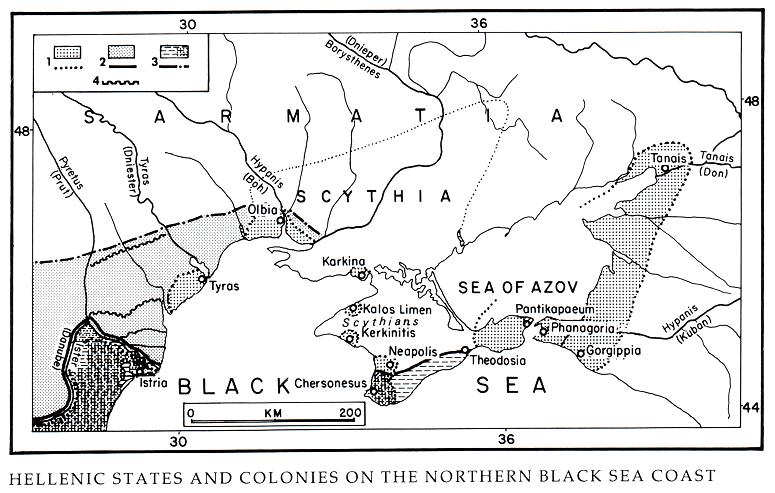
.jpg)
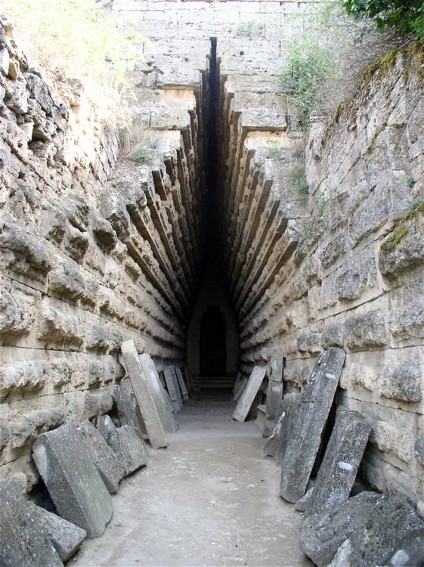
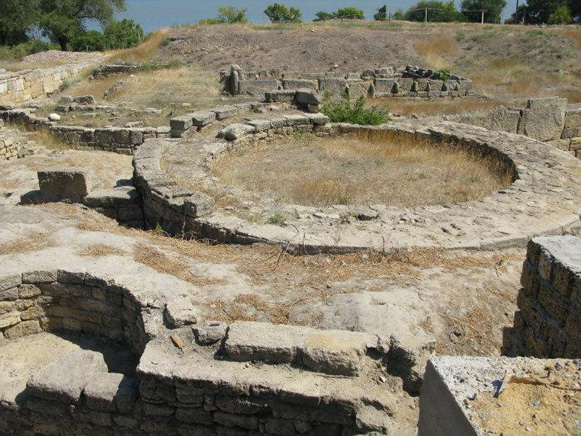
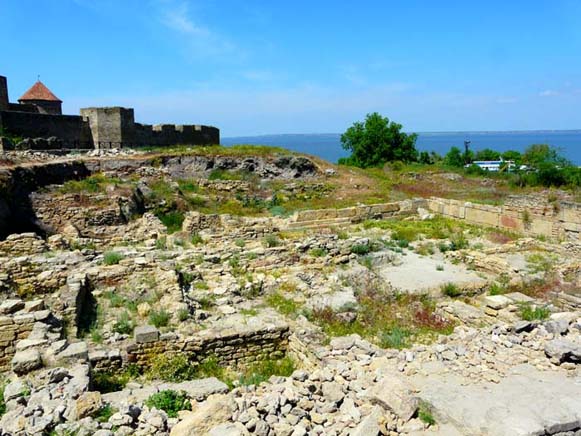
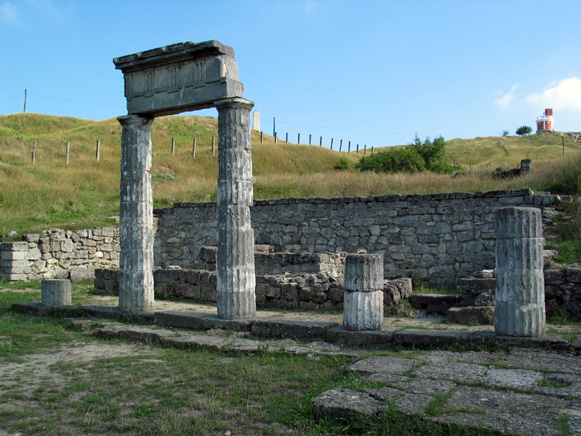
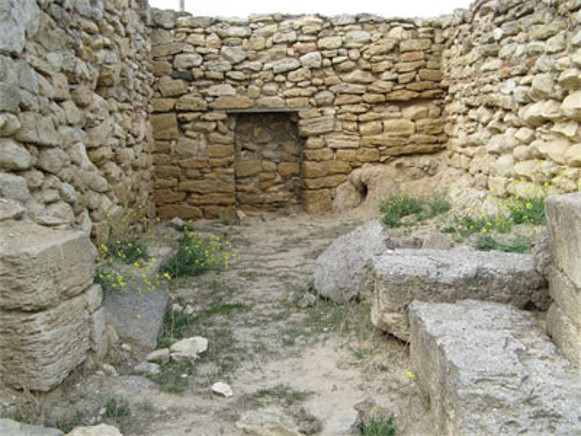
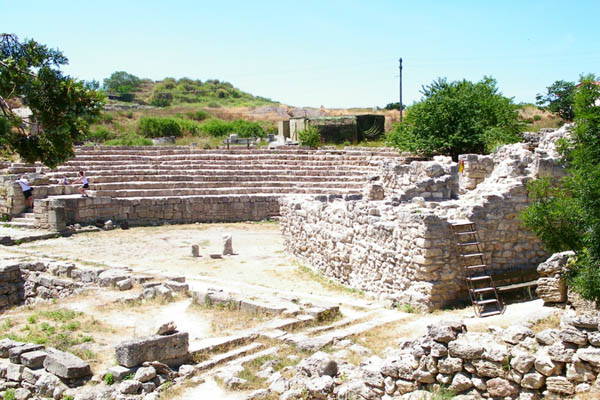
.jpg)
.jpg)
.jpg)